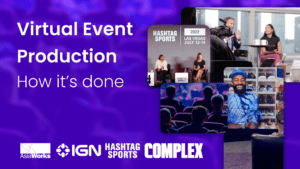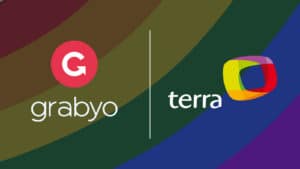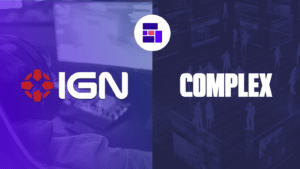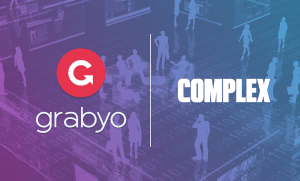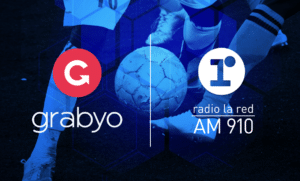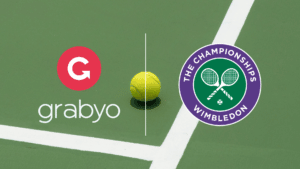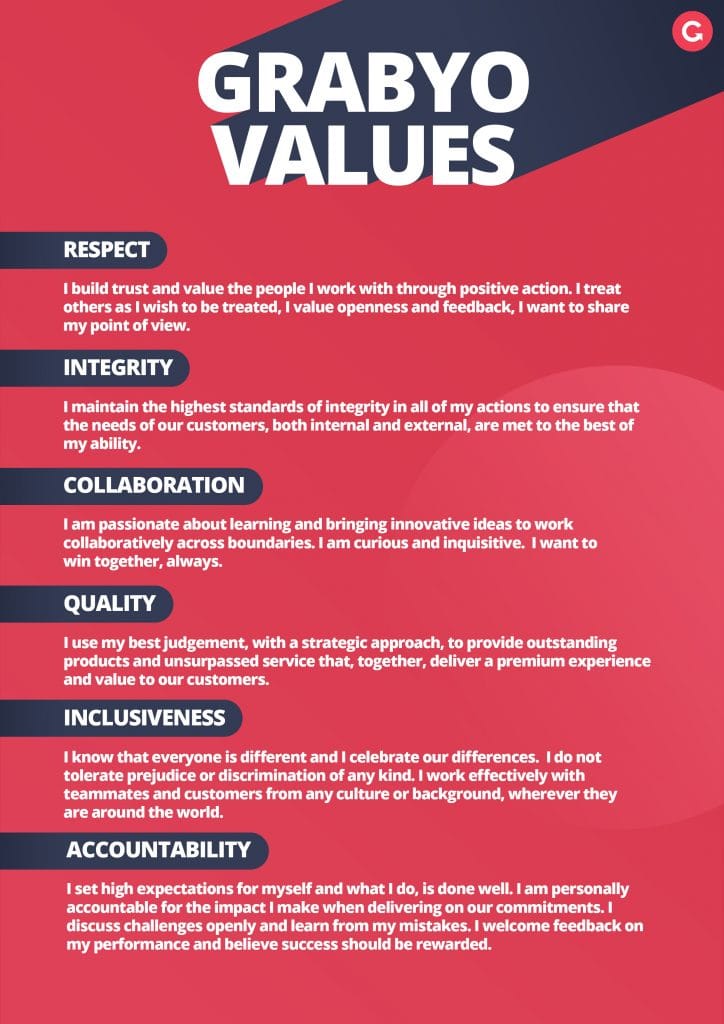In-depth: How esports production is surging with the cloud
With the majority of the world staying at home eSports is surging in popularity. But how can the cloud support continued eSports production?
In Netflix’s 2018 earnings report, it estimated that the streaming service accounted for around 10% of all screen time in the US. The streaming giant’s revenue had hit $16 billion, which rose to $20 billion in 2019.
But the most noteworthy mention in Netflix’s 2018 earnings report was its evaluation of its competition. Was it Amazon Prime Video? Hulu? HBO?
It was Fortnite.
Competing for the attention of consumers spans every entertainment channel today. Across film, music, TV, streaming or gaming, there are more places to lay eyeballs than ever before.
Back in 2018, Netflix knew the world of gaming should command attention from everyone in the entertainment industry. Not least because the gaming industry is worth more than the film and music industries combined.
While Netflix was probably alluding to the fact that people were choosing to play Fornite instead of streaming a show or film, there is something that now comes hand-in-hand with playing a video game.
eSports.
The growth of eSports viewing
According to research by gaming insights company Newzoo, eSports drew a total audience of 443 million people in 2019. A 12% growth on 2018, 198M of this audience were classed as ‘eSports enthusiasts’, alongside 245M casual viewers.
Newzoo goes on to estimate that the audience of eSports will grow at the same rate in 2020, with more than 220 million eSports enthusiasts.
The most-watched eSports event of 2019 was the League of Legends (LoL) World Championships. Hosted by Riot Games, the tournament achieved a peak of 3.9 million concurrent viewers in the semi-final stage. The tournament finished with over 137 million hours of gameplay viewed, which is almost 6 days worth of watching.
LoL is currently one of, if not the, biggest eSports events in the world. So much so, it has the ability to aggregate more viewers than some of America’s top sports leagues, such as MLB or the NBA.
However LoL isn’t the only eSport attracting viewers, and Riot Games isn’t the only publisher hosting events. You also have the Fornite World Cup, Call of Duty League, Dota 2, CS:GO, EA SPORTS FIFA. ESL gaming also hosts professional tours that include multiple games, reaching their record-breaking 216M hours watched in 2019.
It’s clear that the appetite for eSports content is growing rapidly and diversifying across genres and games. The reach of eSports is creating new opportunities to connect with global audiences. Platforms such as Twitch, Mixer and Caffeine are already investing large amounts to secure the exclusivity of some of the world’s top eSports and entertainment stars.
As the eSports industry grows, there is now a new challenge for publishers and streamers – how to make eSports highly accessible to casual fans, and how to turn casual fans into a loyal audience.
Joining the party
As more casual fans start watching eSports, both live and through clips and replays, eSports productions need to start accommodating new audiences with their content strategies.
While platforms like Twitch are the go-to for streamers, publishers must look to raise awareness and reach new fans across other social platforms, including YouTube and Facebook.
Following gameplay during a live eSports event can also be challenging for a new audience, or those unfamiliar with a certain game. Each game is different and requires a different level of understanding. The key to building new audiences is creating a rich narrative that is easily understood and highly accessible.
Production teams now need to re-create the TV experience familiar to sports fans in order to break-up gameplay and help audiences digest the action.
Within a live broadcast, this includes action replays and alternative angles, with reaction shots from the players. Commentators must be mindful of their audience and help to contextualize the game for viewers.
Another unique aspect of eSports is the climactic moments that win a game. In some formats, this is clear-cut and gratifying, like the final whistle in a FIFA match or the deciding ‘kill’ in Call of Duty Warzone.
Whole squad made it to the end 🙌@Attach and @AccuracyLA get it done with @SDinwiddie_25 and @aerial_powers23.https://t.co/FubztE6S7p #LiveFromWarzone #CDL2020 pic.twitter.com/tKJXVhF4JC
— Call of Duty League (@CODLeague) April 17, 2020
However, in some formats, there’s not that clinching moment. Sometimes it can take minutes to find out who is victorious. These moments are unfamiliar to many casual fans and publishers must find a way to keep momentum.
Real-time clipping helps publishers to present quick replays and recaps over a live broadcast to engage fans during uneventful periods such as these. Publishing near-live clips across multiple channels can also help to connect with more fans and those who drop out of a live broadcast.
Delivering short real-time clips is another way to create touchpoints with fans who don’t want to watch a live eSports broadcast. These are quick, sharp, and easily digestible, highlighting the most exciting moments that happen often in eSports events, and drawing fans to watch more.
A multi-platform, multi-format strategy has become the baseline for sports broadcasters and publishers. Soon it will be the same for eSports production. All content must be aligned, and tailored for its destination. Audiences expect to be able to pick up any device, at any time, and be able to watch content optimized for how they are watching. If not, they’ll switch off.
Diversifying revenue streams
During the current COVID-19 health pandemic, sports organizations, games publishers and broadcasters are looking for ways to engage fans, keep their brand alive and boost revenue.
eSports is an extremely viable solution to this problem for many. Whether it’s hosting an event or sponsoring content, the current increased consumption of eSports presents an opportunity.
During the COVID-19 stay-at-home restrictions, Statista has charted a 10% uplift for Twitch viewership and a 15% uplift for YouTube Gaming. On top of an already sizeable audience.
Already in the United States, brands are investing in eSports sponsorship at scale. Monster Energy sponsors multiple teams around the world, including Team Liquid in the US.
Now is the time for broadcasters, publishers, brands and influencers to figure out where they can fit into the eSports ecosystem.
For broadcasters and publishers, this could be acquiring rights to major eSports competitions, or forming new ones. The pandemic presents a chance to ‘test the waters’ and produce short series or one-off events.
eSports has already proven a viable option for brands, so finding sponsor partners is no longer the hard sell it used to be. Using the considerable platform that broadcasters have, both across TV and digital mediums, to offer exposure is an attractive proposition.
It’s expected that this drive to eSports will be lasting. Post-COVID-19, the eSports industry will be bigger, and more lucrative, than it ever has been. The sooner publishers can get involved the more profitable it will be.
How the cloud can help eSports production
There are technical challenges to an eSports production, event in both the ‘normal’ and pandemic situations.
However, delivering a live eSports broadcast in the cloud removes many of the headaches when it comes to equipment and resource management.
Considerations can change drastically from game-to-game. For a EA SPORTS FIFA match, you only need to shoot one screen, and two player cameras to capture the action. In a battle royale mode, such as EA’s APEX Legends, you need to follow up to 60 players.
Usually, you would require mass amounts of hardware to set-up a battle royale production, with multiple producers and show-runners. In the cloud, you only need a few laptops with internet connectivity and reduced production crew. While the eSports stars stay in the comfort of their own home.
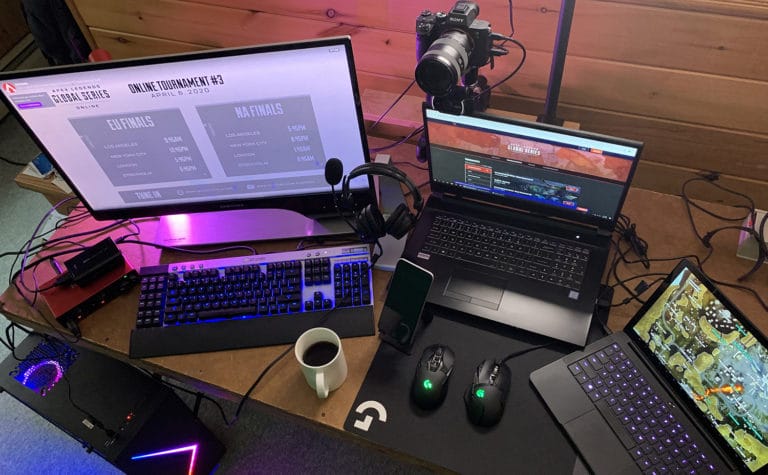
Other than saving on the hard cost of venues, transportation and equipment, these productions can be run from anywhere in the world. Cloud-based productions are also highly scalable, winding up to cover large events, and scaling back to cover smaller ones.
During the COVID pandemic and moving forwards, moving the production workflow to the cloud is more efficient.
There are challenges to this as well. Network and IT considerations are foremost. Like eSports players, the production staff needs ample connectivity to deliver in the cloud.
There are also quality challenges that are already being met. Gaming audiences expect to watch eSports broadcasts in the same definition as they would play the game themselves – they can tell the difference.
Cloud platforms have limitations on output, but can deliver high-quality, 1080 60FPS streams to all major digital channels, such as EA Sports’ recent APEX Legends broadcast, delivered using Grabyo.
Whilst eSports production teams are confined to their homes, cloud-based platforms such as Grabyo present a silver lining that may change the face of content creation for good. While eSports surges, those who combine the two are set to come out of the pandemic stronger than ever.
Related blogs
Stay in touch.
Join over 10,000 media professionals and register to receive our monthly newsletter directly to your inbox!

